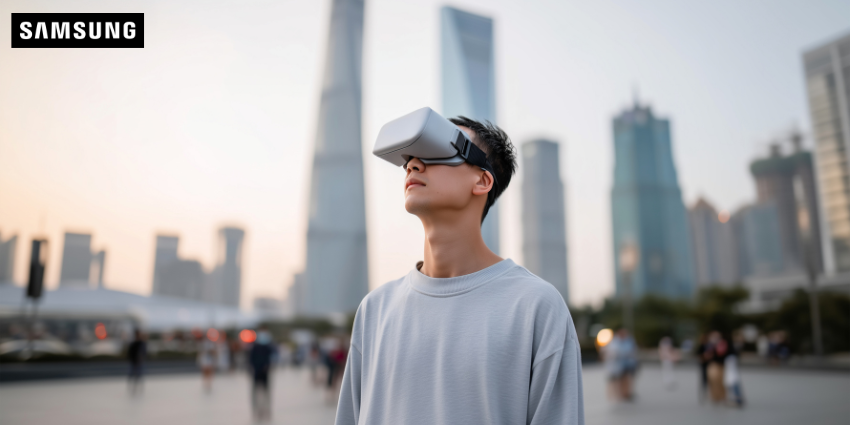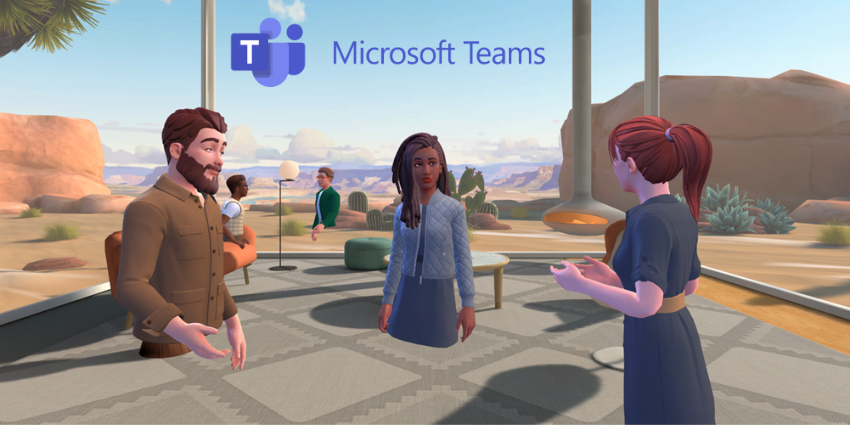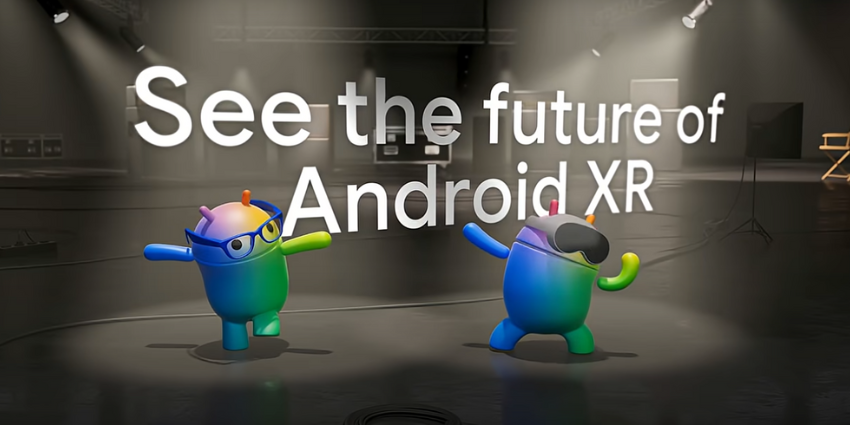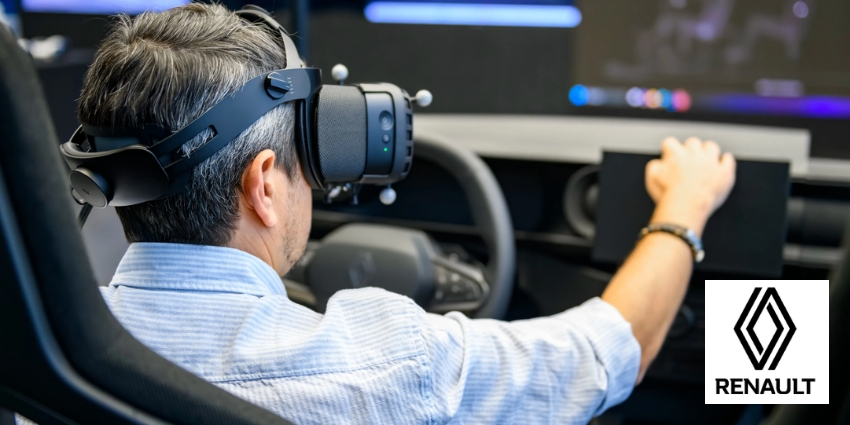Sometimes the most exciting tech reveals come not from grand unveilings, but from eagle-eyed users spotting something that wasn’t quite ready for prime time. Samsung’s latest Camera Assistant app update (v4.0.0.3) has accidentally spilled the beans on what could be one of the Galaxy XR headset’s standout features: 3D capture capability.
The feature was discovered when the Galaxy S25 FE’s Camera Assistant app was ‘sideloaded’ (tech speak for software downloaded unofficially for a device it wasn’t intended for) onto a Galaxy S25 Ultra, and reveals a new “3D capture” option that promises to “create spatial photos and videos for Galaxy XR headsets.”
While the feature isn’t quite ready for showtime yet (users report needing more light before it can capture 3D photos), it offers a fascinating glimpse into Samsung’s XR ecosystem strategy.
What This Means for Users
The 3D capture feature could be Samsung’s answer to Apple’s spatial photo and video capabilities on the Vision Pro. Just like Apple allows iPhones to capture spatial content for viewing on the Vision Pro, Samsung is developing the ability for Galaxy phones to shoot 3D content specifically designed for their upcoming XR headset.
The feature adds a dedicated button to the camera preview interface and captures content in 4K at 30fps, with captured videos displaying a “Shot in 3D” label in the Gallery app. This seamless integration between Samsung’s phone and headset ecosystem suggests a user experience where your everyday device becomes a content creation tool for your XR adventures.
How Does It Work?
Early testing shows the 3D capture feature works by utilizing the vertical camera arrangement found on most modern Galaxy devices. The system captures depth data using side-by-side lenses, similar to how Apple repositioned the iPhone 16’s cameras from diagonal to vertical specifically for spatial content creation.
The feature appears to be in final development stages, with Samsung likely fine-tuning the software before the anticipated headset launch. Current speculation points to a September 29 announcement, with market availability potentially following in mid-October.
Could Businesses Benefit?
For Content Creators
- New Revenue Streams: 3D content creation opens up opportunities for immersive storytelling, virtual tours, and spatial media production
- Early Adopter Advantage: Being among the first to master 3D content creation could position creators favorably as the XR market expands
- Cross-Platform Content: Spatial videos and photos could potentially work across multiple XR platforms, not just Samsung’s ecosystem
For Businesses
- Enhanced Training Materials: Companies can create immersive 3D training content using existing Galaxy devices, reducing the need for expensive specialized equipment
- Virtual Product Demonstrations: Retailers and manufacturers can capture products in 3D for more engaging virtual showrooms and e-commerce experiences
- Remote Collaboration: Teams can share spatial content for more immersive remote meetings and presentations
For Enterprise Applications
- Documentation and Inspection: Industries like construction, manufacturing, and maintenance can document spaces and equipment in 3D for better remote analysis
- Virtual Real Estate: Property developers and real estate agents can create immersive property tours without specialized 3D cameras
- Education and Training: Educational institutions can develop spatial learning materials using readily available Galaxy devices
A Potential leader in a Competitive Landscape
Samsung’s approach differs from Apple’s in some key ways. While Apple integrated spatial capture directly into the native camera app, Samsung appears to be housing the feature within the Camera Assistant Good Lock module. This could offer more granular control and customization options, though it may also create a slightly more complex user experience.
The pricing strategy also sets Samsung apart, with rumors suggesting the Galaxy XR headset could launch between $1,800-$2,800, potentially undercutting Apple’s $3,500 Vision Pro while offering similar spatial content capabilities.
Watch This Space…
As Samsung prepares for what could be an imminent Galaxy XR announcement, this accidental reveal gives us our clearest picture yet of how the company plans to compete in the spatial computing space. The 3D capture feature represents more than just a technical capability; it’s a bridge between Samsung’s established Galaxy ecosystem and its XR ambitions.
For users already invested in the Galaxy ecosystem, this seamless integration between phone and headset could be a compelling reason to stay within Samsung’s walled garden when making the jump to XR. After all, the best new technology is often the kind that makes your existing devices more useful, not less.
The question has shifted from whether Samsung will launch its XR headset, to how quickly developers and content creators will embrace these new 3D capture capabilities once they’re officially available.







